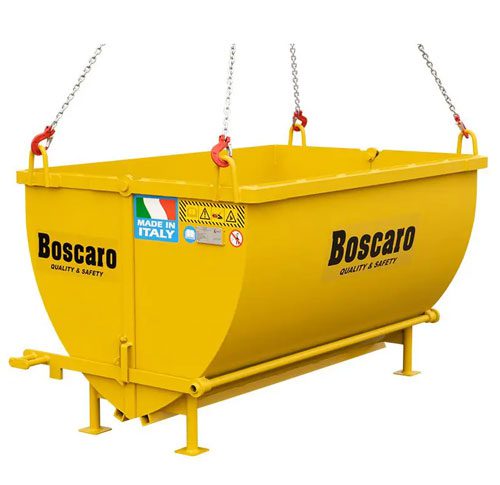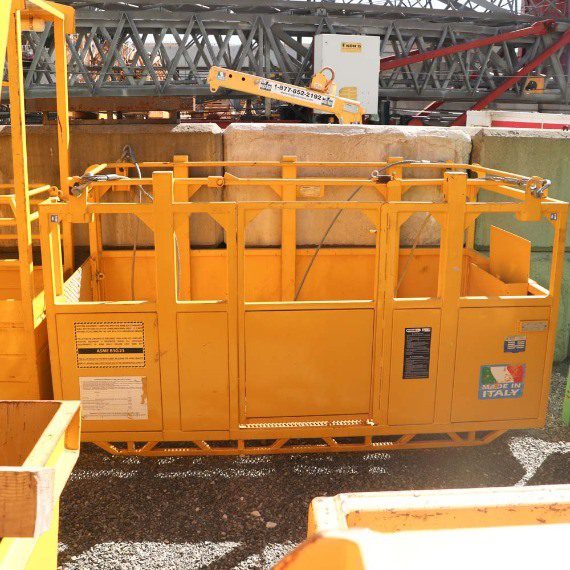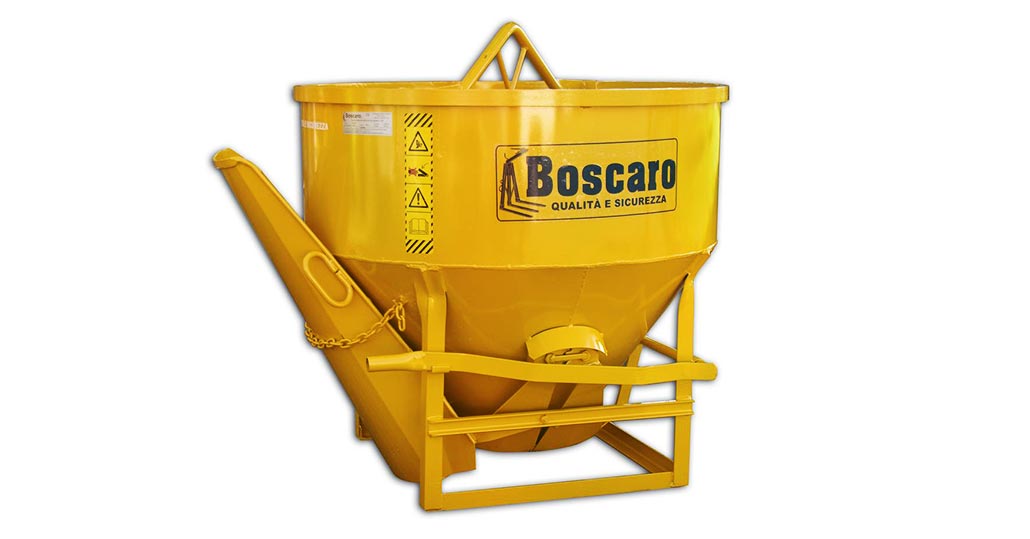Maximizing Safety and Efficiency with Under Hook Accessories

In the construction and heavy-lifting industries, safety and efficiency is of the utmost importance. To achieve both, you need to know everything about under hook accessories (UHA) which are attachments used in crane operations. This article explores the importance, types, and best practices for utilizing these essential tools. It aims to provide a better approach […]
Safety and Efficiency in Elevated Work with a Crane Man Basket

Crane man baskets are essential in lifting personnel to high, elevated places for work. They allow workers easier access to higher or hard-to-reach places enhancing safety and productivity in industries such as construction, and maintenance, among others. At Bigfoot Crane Company, we provide different types of crane man basket for sale and rental that are […]
Optimizing Crane Performance with Accessories and Attachments

Crane attachments and accessories play a vital role in enhancing the functionality, safety and efficiency of cranes on various worksites. These add-ons extend the crane’s capabilities, allowing it to handle diverse tasks with improved versatility and precision. With the right combination of attachments, such as man baskets and concrete buckets, and essential accessories like lifting […]